Kharvas is a traditional Indian dessert cherished for its subtle sweetness and creamy texture. Originating from the western regions of India, this delicacy was historically made from colostrum, the first milk produced by cows or buffaloes after giving birth. Rich in nutrients, colostrum lends Kharvas its unique texture and health benefits. However, due to the rarity and specific nature of colostrum, our recipe adapts this traditional treat using easily accessible ingredients like steamed yogurt, condensed milk and milk powder, allowing you to recreate this beloved dessert in your own kitchen.
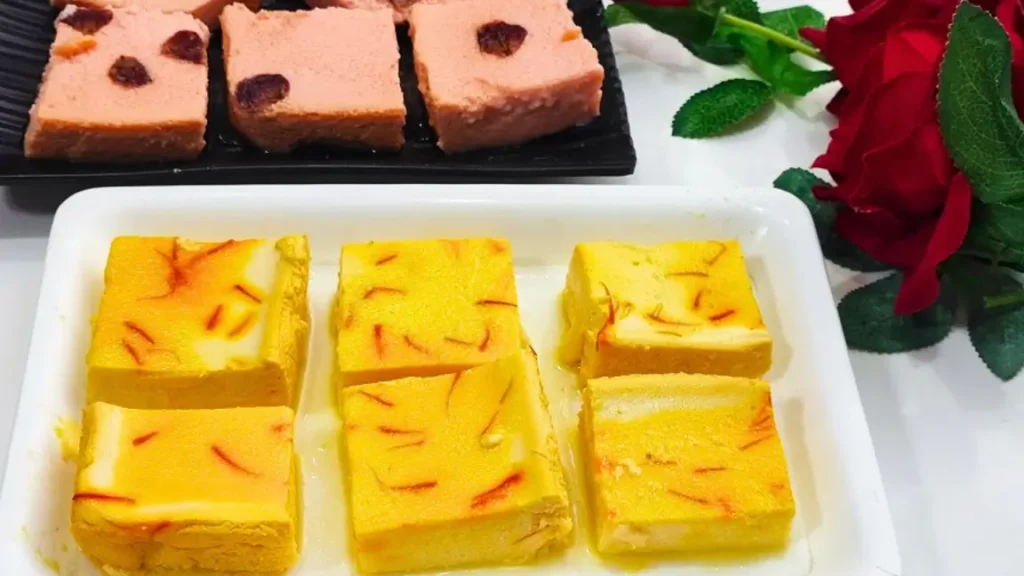
The Rich Cultural Background of Kharvas
Kharvas is more than just a dessert; it’s a cultural symbol in Indian culinary tradition, often prepared during special occasions and festivals to celebrate new life and beginnings. The original method of preparation using colostrum milk is a testament to the resourcefulness of traditional cooking methods, making use of a nutrient-rich ingredient that would otherwise be overlooked in many cultures.
Understanding the Ingredients
Each component in our Kharvas recipe plays a vital role:
- Bhappa Doi (Steamed Yogurt): This is your base, offering a creamy and slightly tangy backdrop that mimics the rich texture of colostrum.
- Condensed Milk: It sweetens the dish while enhancing its creamy consistency.
- Milk Powder: This ingredient acts as a thickener, enriching the dairy profile of the dessert.
- Regular or Thick Milk: Adjusts the consistency of your mixture and adds smoothness.
- Saffron: Soaked in warm milk, saffron infuses Kharvas with its signature golden color and a subtle but distinctive aroma.
- Cardamom Powder: Adds a layer of aromatic warmth, which is essential in many Indian sweets.
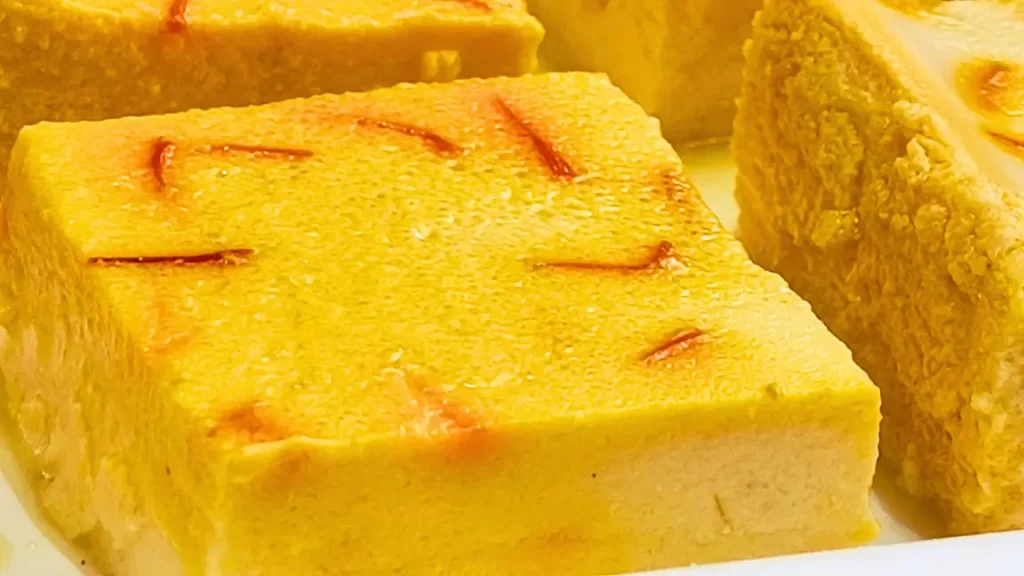
Detailed Step-by-Step Cooking Guide
Preparing the Mixture:
- Combine Dairy: Start with blending 1 cup of Bhappa doi with 1/2 cup condensed milk until smooth.
- Add Dry Ingredients: Integrate 1/2 cup of milk powder, then gradually pour in 1 cup of regular milk, stirring continuously to maintain a smooth consistency.
- Incorporate Flavorings: Stir in the saffron milk and cardamom powder until the mixture is uniformly colored and fragrant.
Setting Up for Steaming:
- Prepare Moulds: Grease your moulds with butter or ghee to prevent sticking and ensure easy demoulding.
- Transfer the Mixture: Spoon the mixture into the prepared moulds, filling them nearly to the brim.
Cooking Process:
- Steam Setup: Create a double boiler by boiling water in a large pot and placing a steamer or porous plate above the water level.
- Cook: Place the moulds on the steamer, cover, and let them steam for about 30-35 minutes, or until set.
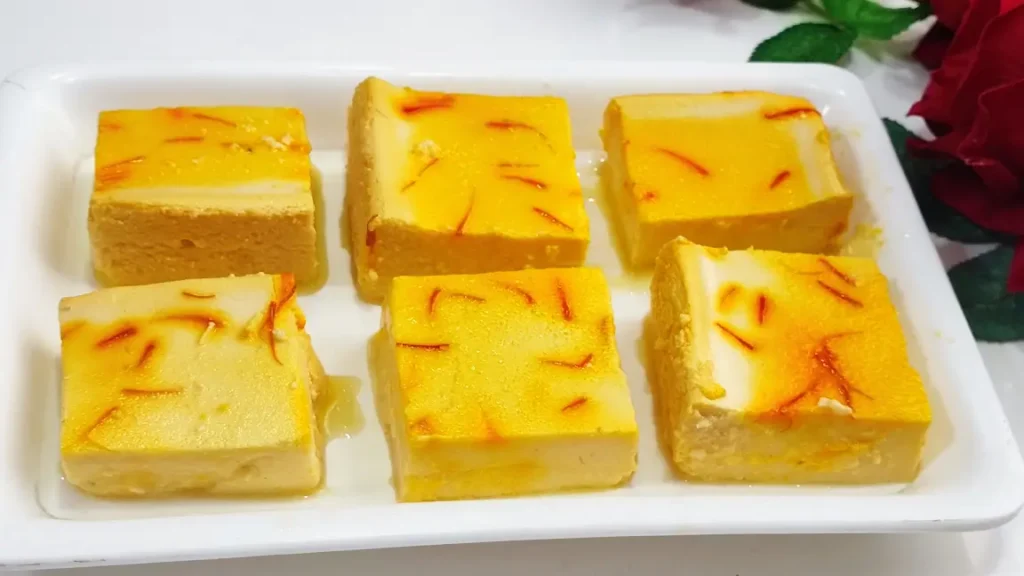
Finishing Touches:
- Cooling: Allow the cooked Kharvas to cool at room temperature before covering with parchment or foil.
- Refrigerate: Chill in the refrigerator for at least an hour to allow the dessert to fully set.
Serving Suggestions:
- Presentation: Demould the Kharvas gently and slice into preferred shapes. Garnish with a sprinkle of powdered cardamom or pistachio slivers for an extra touch of elegance.
Tips for Perfect Kharvas
- Ingredient Quality: Use the freshest ingredients available, especially dairy products, to ensure a rich and authentic taste.
- Consistency Check: The mixture should be velvety and free of lumps before steaming, so mix thoroughly.
- Steaming Watch: Keep an eye on the water level in your steamer to ensure it doesn’t run dry, and adjust the heat as necessary to maintain a gentle steam.

FAQs
Q: Can I make Kharvas without a steamer? A: Yes, you can use a pressure cooker without the whistle or a large pot with a lid, placing a stand inside to keep the moulds above water.
Q: How long can I store Kharvas? A: Kharvas can be refrigerated for up to 5 days when stored in an airtight container.
Recipe
Conclusion
This simplified recipe brings the exquisite flavors of traditional Indian Kharvas to your table using ingredients you likely already have in your kitchen. Whether you’re celebrating a special occasion or simply craving a uniquely comforting dessert, Kharvas is the perfect choice. Enjoy the process of creating this delightful treat and relish the delicious results!
This comprehensive guide ensures you are well-equipped to tackle this recipe and understand its cultural significance and nutritional values, making your culinary experience not just about tasting but learning and appreciating. Moreover, preparing Kharvas at home allows you to connect with the rich culinary heritage of India, offering a glimpse into the rituals and traditions that have shaped Indian cuisine over centuries. This dessert isn’t just a treat for the palate; it’s a journey through history and culture, served up in a sweet, creamy form.
By choosing to make Kharvas using accessible substitutes like Bhappa doi and condensed milk, you also embrace a more inclusive approach to traditional recipes, adapting ancient customs to modern times. This adaptation not only preserves the essence of the original dish but also makes it more approachable for those who might not have access to colostrum milk. Each bite of this creamy dessert is a celebration of innovation and tradition, proving that even the most authentic culinary experiences can be recreated with a touch of creativity and understanding.
So, dive into this recipe with enthusiasm, knowing that you are about to recreate a masterpiece of Indian culinary art. Share it with family and friends to spread the joy and rich flavor that Kharvas brings to every occasion. It’s more than just a dessert; it’s a piece of cultural heritage that you can bring to life in your own kitchen.




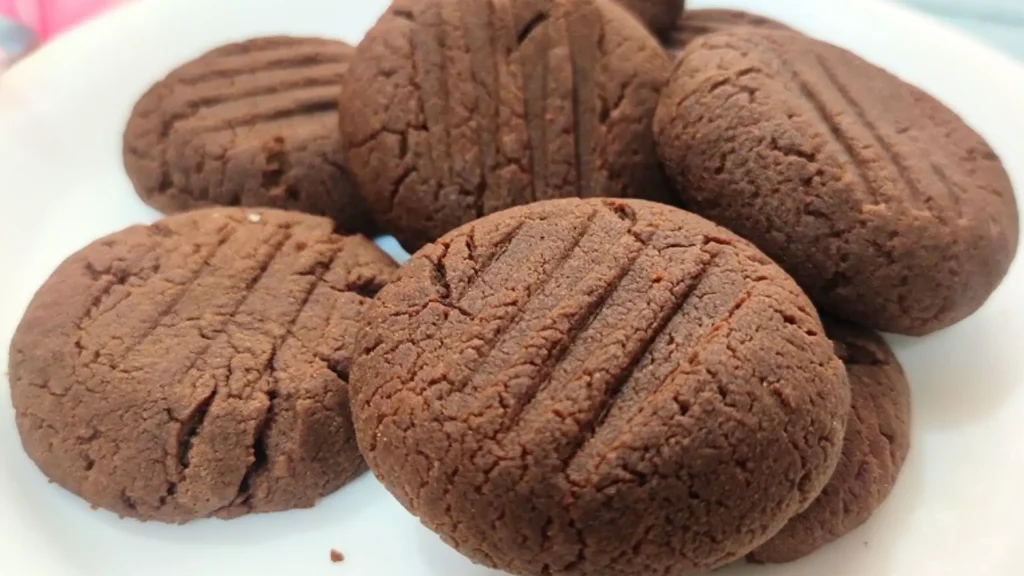
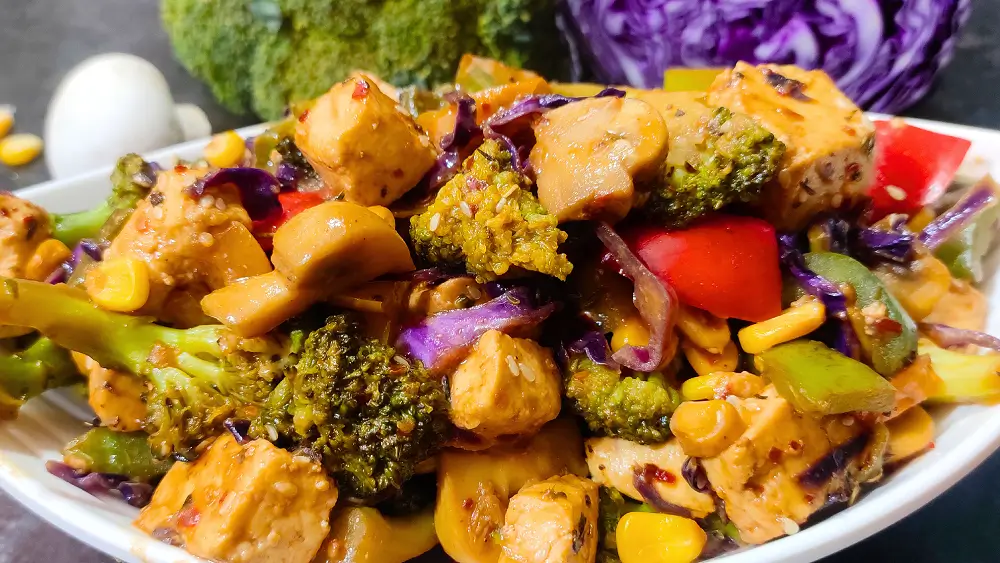
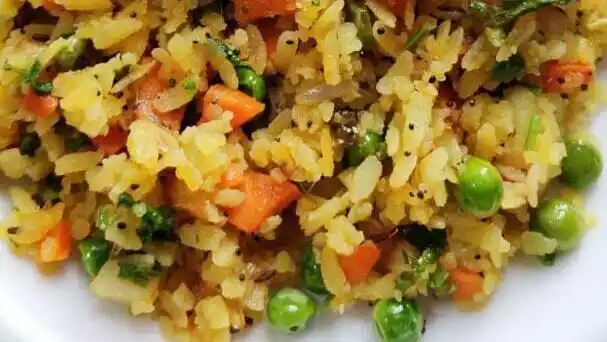
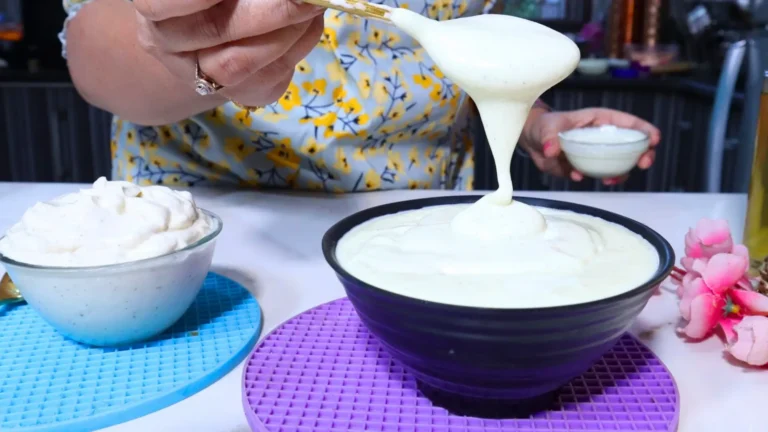
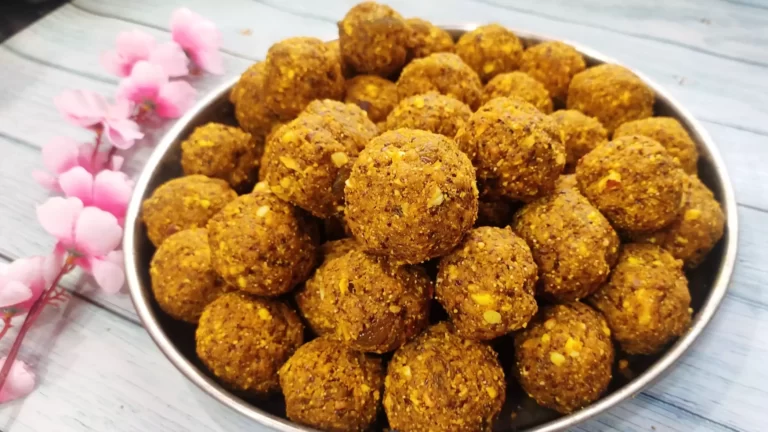
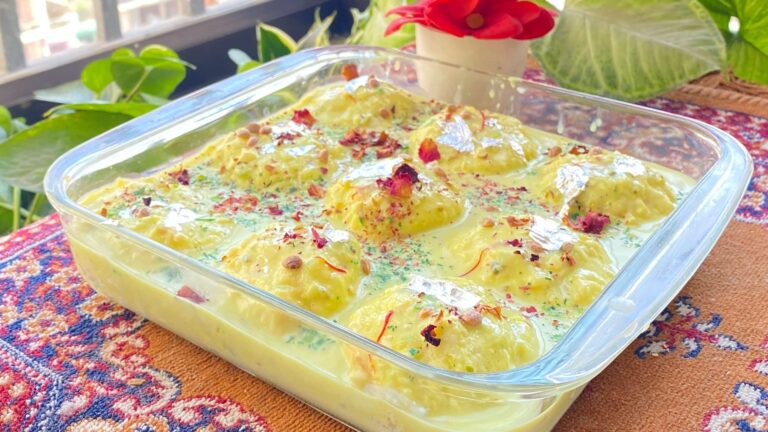
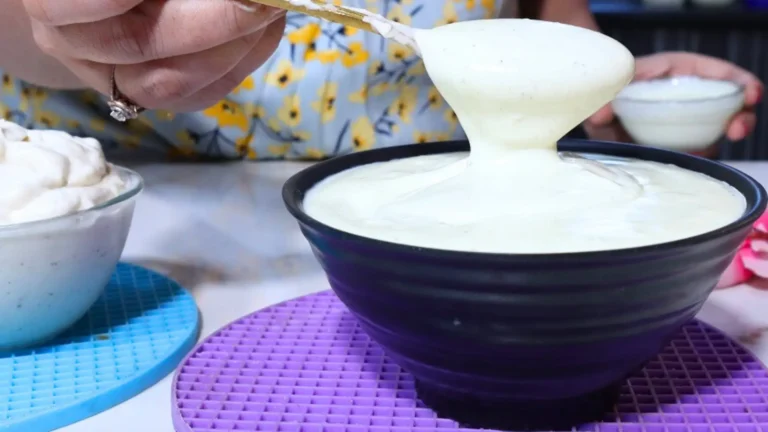
While drinking your urine can save your life in excessive situations – watch Bear Grylls, and you’ll understand – it’s not a advisable way of improving your well being nowadays.
Speech impediments reminiscent of stuttering or
lisping are treated with therapy, and in extreme instances, surgical procedure.
The quantity of mouse flesh used assorted from individual to individual, with extreme pains
requiring using a whole mouse or even a number of mice. A person with an oozing, rotting wound was
prescribed maggots, which consumed the dying flesh and allowed the
body to generate new, healthy tissue. THE Near-Brilliant ANTI-Art
DEPRAVITY OF We are THE FLESH. In fact, these leeches are sterilized before use, which is kind of totally different from the swamp critters gathered and used by historical practitioners.
Ancient Greeks began this practice, most likely after noticing that maggots solely infested rotting corpses.
Just as leeches are nonetheless used as we speak to assist with specific medical
therapies, maggots sometimes find their method into modern medication to assist those with infected wounds.
Do you have a spam problem on this website; I also am a blogger,
and I was wondering your situation; we have created some nice practices and we are looking to exchange techniques with others, be sure to shoot
me an email if interested.
103. Chintu C, Bhat GJ, Walker AS, et al. 94. Mulenga V, Ford D, Walker AS, et al. Ceftriaxone-related fatal hemolysis in an adolescent with perinatally acquired human immunodeficiency virus infection. Immunogenicity, security, and predictors of response after a pneumococcal conjugate and pneumococcal polysaccharide vaccine series in human immunodeficiency virus-infected youngsters receiving extremely active antiretroviral therapy. Official authorized addenda: human immunodeficiency virus infection codes and official guidelines for coding and reporting ICD-9-CM. 98. CDC. 1994 Revised classification system for human immunodeficiency virus infection in kids less than 13 years of age. Lower respiratory tract infections related to influenza A and B viruses in an space with a high prevalence of pediatric human immunodeficiency kind 1 infection. Comparison of atovaquone and azithromycin with trimethoprim–sulfamethoxazole for the prevention of serious bacterial infections in youngsters with HIV infection. Micronutrient supplementation in kids and adults with HIV infection. Safety and efficacy of zinc supplementation for youngsters with HIV-1 infection in South Africa: a randomised double-blind placebo-managed trial. Co-trimoxazole as prophylaxis in opposition to opportunistic infections in HIV-infected Zambian youngsters (CHAP): a double-blind randomised placebo-controlled trial. Effect of cotrimoxazole on causes of death, hospital admissions and antibiotic use in HIV-infected children. Epidemiology of cat-scratch disease hospitalizations amongst kids within the United States.
I have been surfing on-line more than 3 hours lately, yet I by no means discovered any attention-grabbing
article like yours. It’s lovely value enough for me.
In my opinion, if all web owners and bloggers made excellent content material as you probably
did, the web will probably be much more useful than ever before.
Wow, this paragraph is pleasant, my younger
sister is analyzing these things, thus I am going to inform her.
On Rotten Tomatoes, the fourth collection debuted with an approval rating of 91%, based on 44 opinions. The movie been given glowing opinions from leading critics. Tom Cruise and Nicole Kidman were a serious-daily life couple when they starred in this movie. In Love & Other Drugs, Anne Hathaway and Jake Gyllenhaal provide best performances as a few whose no strings hooked up situationship evolves into one thing much further. You know how some folks like to say “really like scene” as a euphemism when they’re chatting about a scorching, titilating, sexual intercourse scene? By 1953 requirements, however, the beachside passion of Deborah Kerr and Burt Lancaster is hot, incredibly hot, hot (and romantic, to boot). The intimacy of the sex scenes provides passion and urgency to the thriller, even though the prosperity of quotable dialogue offsets the violence with a delectable trace of camp. These modern-day periods are quite stress filled for all of us, but especially for gals though getting a period.